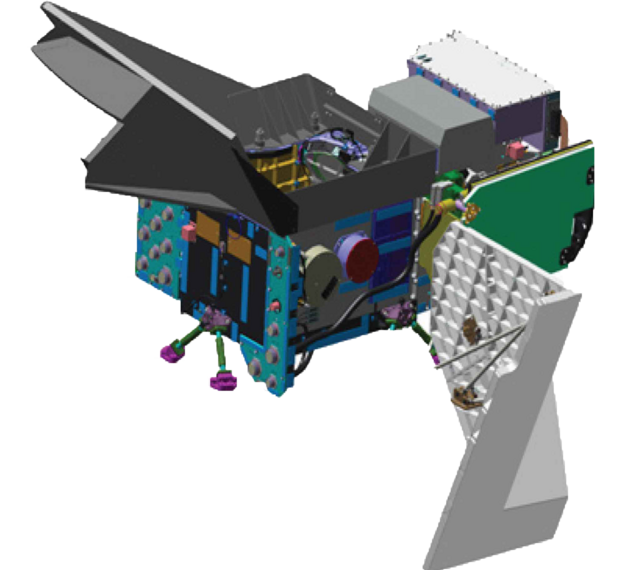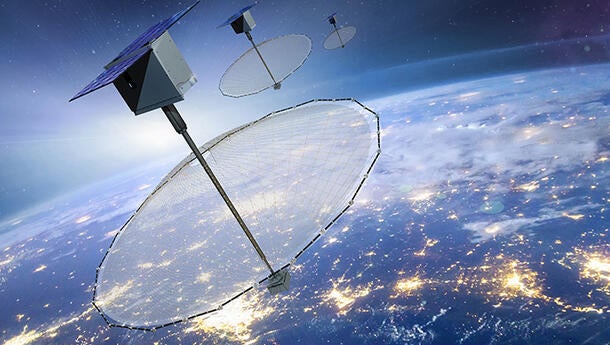Advancing the Measurement of Greenhouse Gases
TANSO-FTS-2 provides very high signal-to-noise levels, very accurate onboard calibration and an agile intelligent pointing (IP) system that increases useful data collections in the presence of clouds.
The instrument measures greenhouse gas concentrations with extremely high accuracy covering the entire globe over a six-day revisit rate. This information is critical to climate monitoring and modeling. TANSO-FTS-2 measures carbon dioxide, methane and carbon monoxide simultaneously, allowing scientists to discriminate between natural and man-made emissions.
GOSAT-2 is a joint project of Japan’s Ministry of the Environment, the Japan Space Exploration Agency and the country’s National Institute for Environmental Studies. L3Harris developed the TANSO- FTS-2 under a subcontract to Mitsubishi Electric Corporation.


